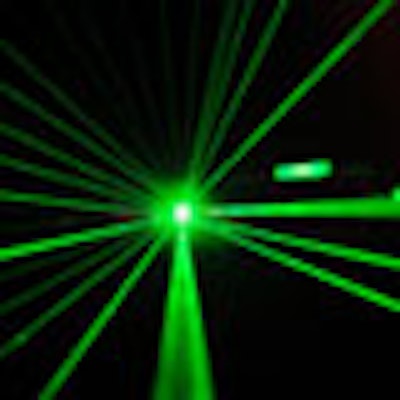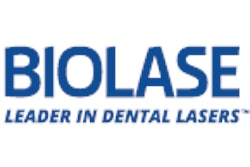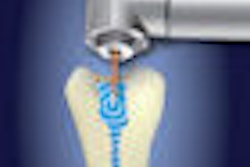
Lasers offer many advantages in cavity preparation, but even at recommended settings, they may kill pulp and weaken dentin.
So dentists should turn down their lasers and cut more slowly, warned a researcher at the annual American Association for Dental Research meeting held in Dallas this week.
"A lot of dentists use high parameters to cut fast," says Julia Barros, D.D.S., M.S., a clinical assistant professor at the University of Texas, Houston. "Maybe they should lower those parameters."
This doesn't mean you shouldn't buy a laser. Because of their precision, lasers can still preserve more healthy tissue than burs, and because of the heat they generate, they can sterilize the surface being prepared, said Dr. Barros.
But it does mean you should go slow -- especially if you're using an Er,Cr:YSGG laser, which is more powerful than its cousin, the Er:YAG.
Even the Er:YAG lasers have been found to slightly denature dentin to a depth of 5 micrometers to 15 micrometers. But ER,Cr:YSGG lasers can heat enamel to 800 degrees Celsius, compared to only 300 degrees for Er:YAG lasers.
"Turn down your lasers and cut more slowly."
Dr. Barros and her colleagues at the University of Michigan (where she was formerly based), used infrared thermography and microtensile bond strength (MTBS) analysis to study the potential effects of Er,Cr:YSGG lasers on dentin adhesion and pulp.
They zapped slices from caries-free third molars with a Millenium Er,Cr:YSGG laser from Biolase Technology at a repetition rate of 20 hertz and three different settings of pulse energy and fluency.
- Group One got 125 millijules of energy, 44.3 jules per square centimenter.
- Group Two got 135 millijules of energy, 47.8 jules per square centimeter.
- Group Three got 155 millijules of energy, 54.9 jules per square centimenter.
Measuring the heat on the opposite side of the dentin slice -- the side that would touch pulp in a living tooth -- the researchers found that in group three, it reached almost 14 degrees Celsius. The temperature in the other two groups remained below 4 degrees. Previous research has shown that temperatures as low as 5 degrees can kill pulp cells, says Dr. Barros.
Next, the researchers restored the lased surfaces with composite resin. As a control, they also restored a surface that had not been lased. Then they measured how much force was needed to crack off the restorations.
They found that the restorations were much weaker in the lased samples. The microtensile bond strength (MTBS) of the unlased control was nearly double that of the lased samples. (There was no significant difference among the three lased samples.)
What does all this mean for dentists? Dr. Barros recommends anyone using a Er,Cr:YSGG laser to prepare lesions should set it below 54.9 jules per square centimeter to protect the pulp.
Even at the lowest setting, the ablation may weaken bond strength by denaturing collagen in dentin, she said. Previous research has shown a correlation between MTBS and longevity of restorations; those with a weaker bond are more likely to leak.
Dr. Barros' group is doing further research to see if various etches remove the denatured layers of dentin, exposing a surface that can better bond to the composite resin.



















